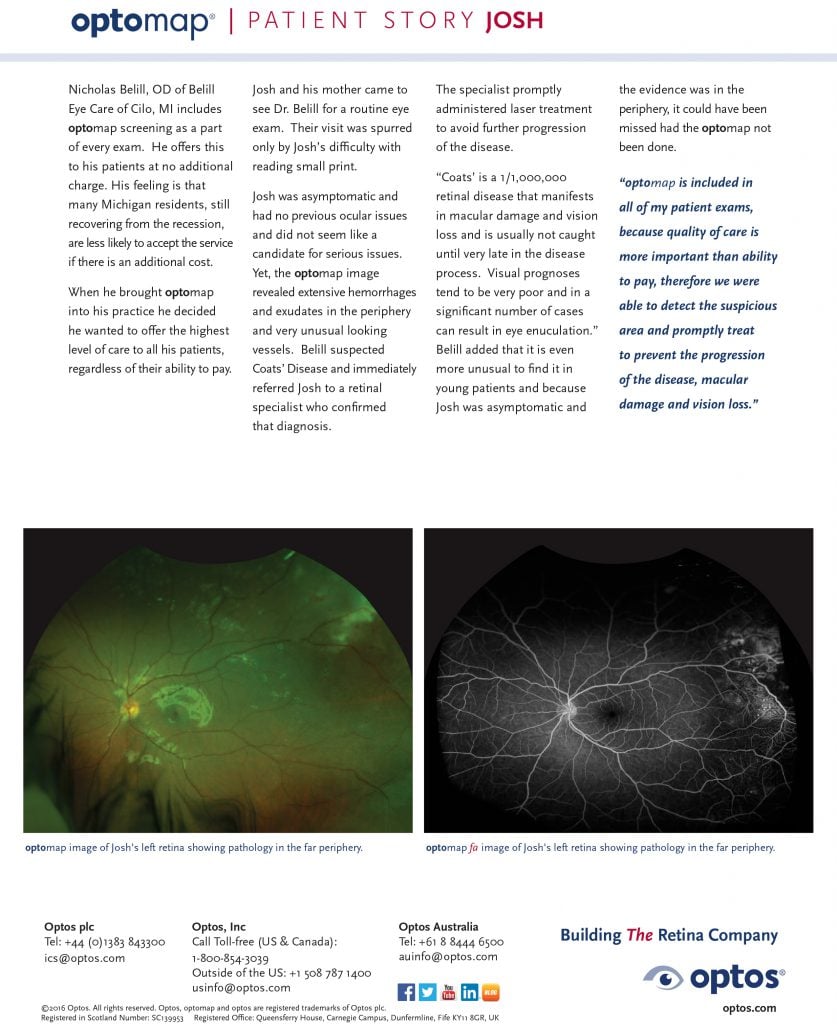With school starting up again, and lists including everything from the essential newest styles to school supplies – one item to make sure is on the list is your child’s comprehensive eye exam. While we may notice subtle changes in appearance as our children grow and develop, there are many changes also occurring within the eye that are unseen. This marks the importance of annual eye exams that will assist in monitoring the development of your child’s vision as they grow. Routine vision screening or eye examination at an early age is very important to detect risk factors, such as lazy eye, crossed eyes, and color blindness that can potentially cause irreversible loss of vision or blindness. A majority of vision impairment issues go undetected since young children with impaired vision are often unaware of their vision issues—it is, after all, how they’ve always seen things. It is on us as parents and educators to look for signs of visual impairment.
Although schools generally do some basic testing of children’s vision, there is no doctor to perform a comprehensive exam or diagnose problems with your child’s eyesight. According to experts, nearly 90 percent of what is taught in school is done so visually, therefore without excellent vision, children are left at a disadvantage. Those with poor eyesight may struggle with school and learning, leaving them unable to reach their maximum potential. A yearly comprehensive eye exam can not only ensure your child’s vision is healthy or corrected, but also rule out diseases that can potentially lead to vision loss.
Many vision problems begin at an early age, so it’s important for children to receive proper eye care. In addition to changes in the front of the eye, the back of the eye (the retina) should also be examined in order to rule out signs of damage or disease. Many conditions, such as retinal detachments and retinal holes can be treated successfully if diagnosed early.
In a recent optomap-related patient story, Dr. Nicolas Belill’s dedication to provide the utmost care to all of his patients by offering an optomap screening as a part of every exam, is highlighted. A young patient, Josh and his mother went to see Dr. Belill for a routine eye exam, spurred only by Josh’s difficulty reading small print. Josh showed no other symptoms, had no previous ocular issues and was in overall good health for a child of his age.
The optomap image revealed extensive hemorrhages and exudates in the periphery as well as very unusual looking vessels. Dr. Belill initially suspected Coats’ Disease, a rare retinal disease that manifests in macular damage and vision loss, usually not caught until very late in the disease process. Josh was immediately referred to a retinal specialist who confirmed the diagnosis. Coats’ Disease tends to have a very poor vision prognosis, very often leading to eye enucleation. In this case, where the evidence resided in the periphery, it could have been missed had the optomap not been done, potentially saving Josh’s vision. Read the entirety of Josh’s story here.
Talk to your eye care professional about including optomap as part of the exam – it is a non-invasive option for your child and takes only seconds to get a highly-detailed view of the retina, which is critical for early disease detection. The optomap image provides your doctor with an overview of approximately 200° or 82% of your child’s retina in a single capture, giving them a more detailed view than can be achieved by other means. We all know children can be squirmy and may have difficulty sitting still for an eye exam, optomap exams are quick, easy and cause no discomfort on a child who would much rather be picking out his or her favorite back to school sneakers!
